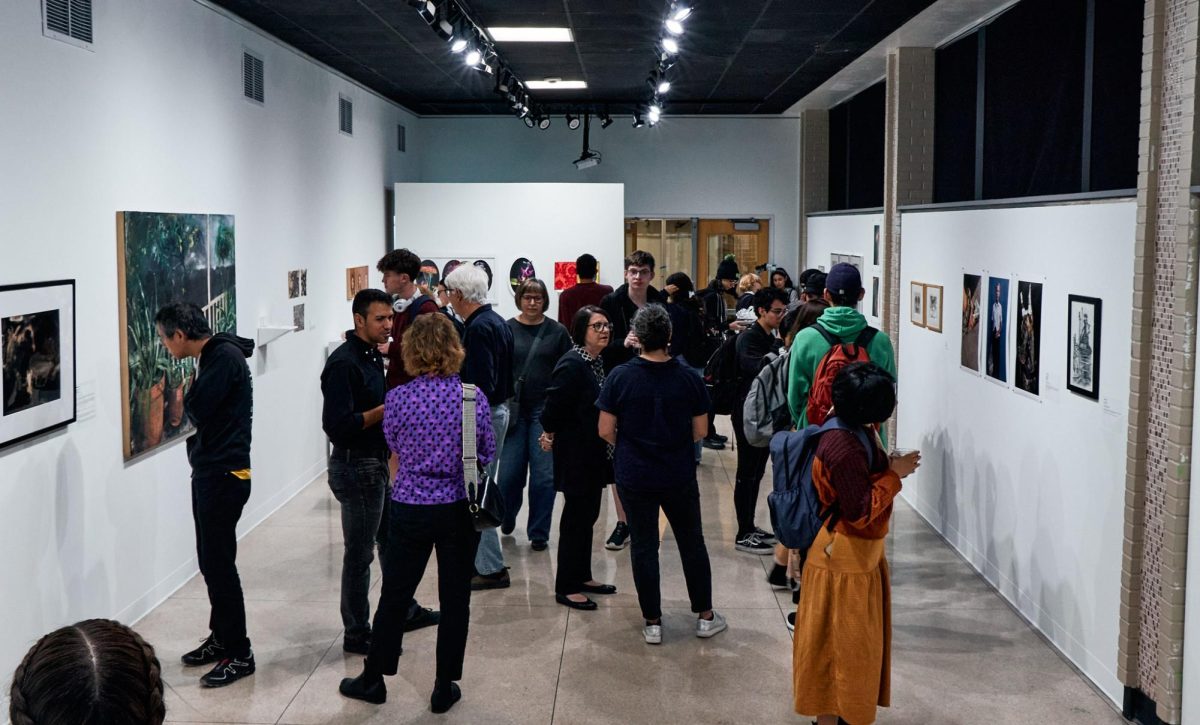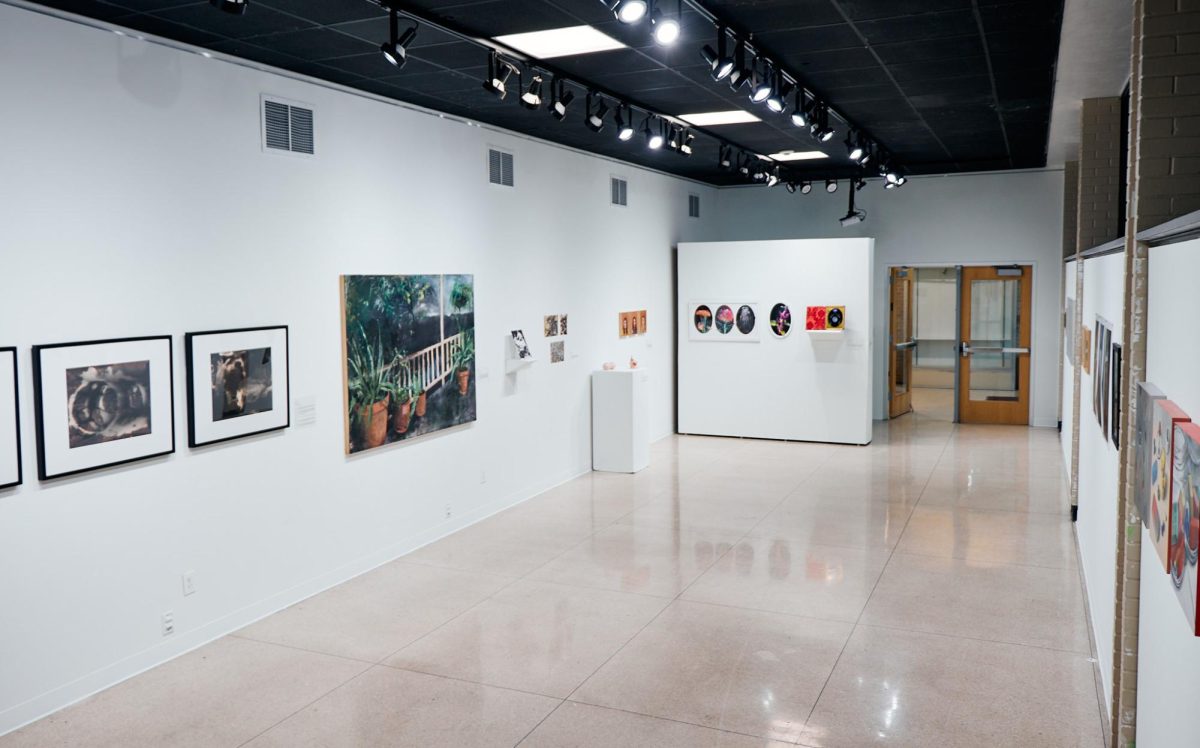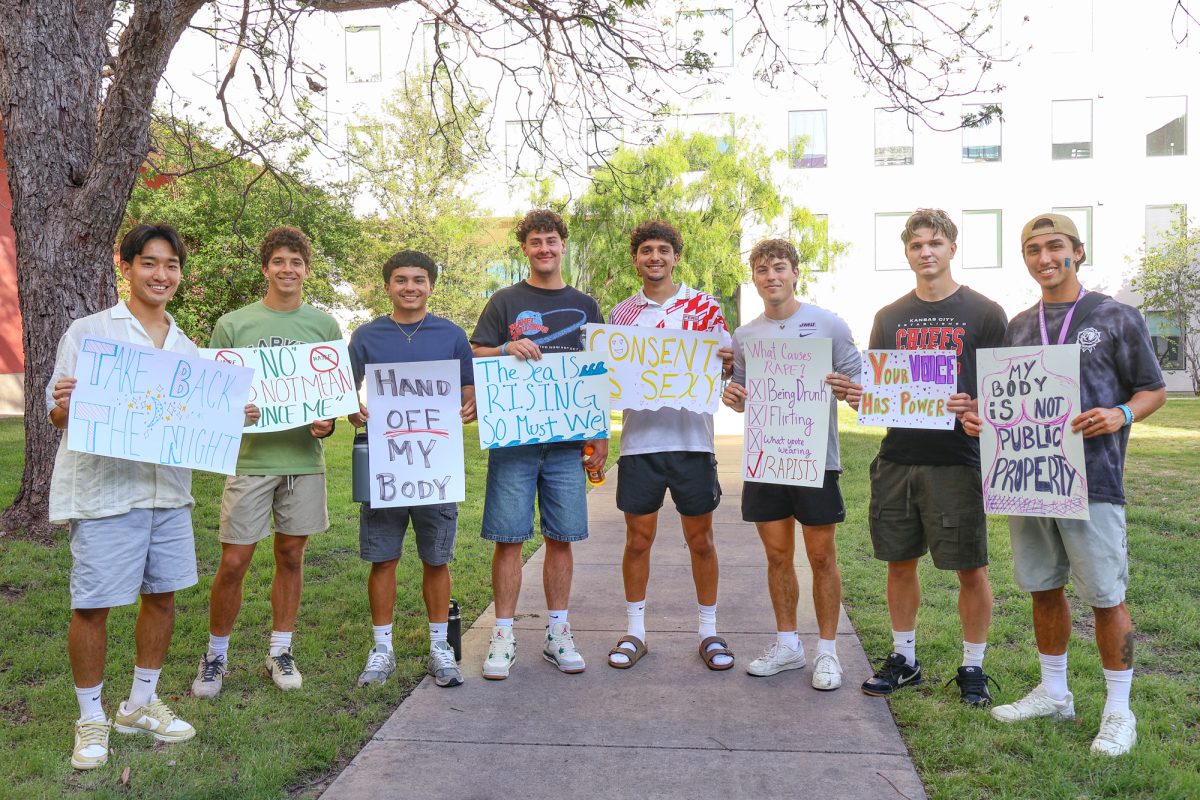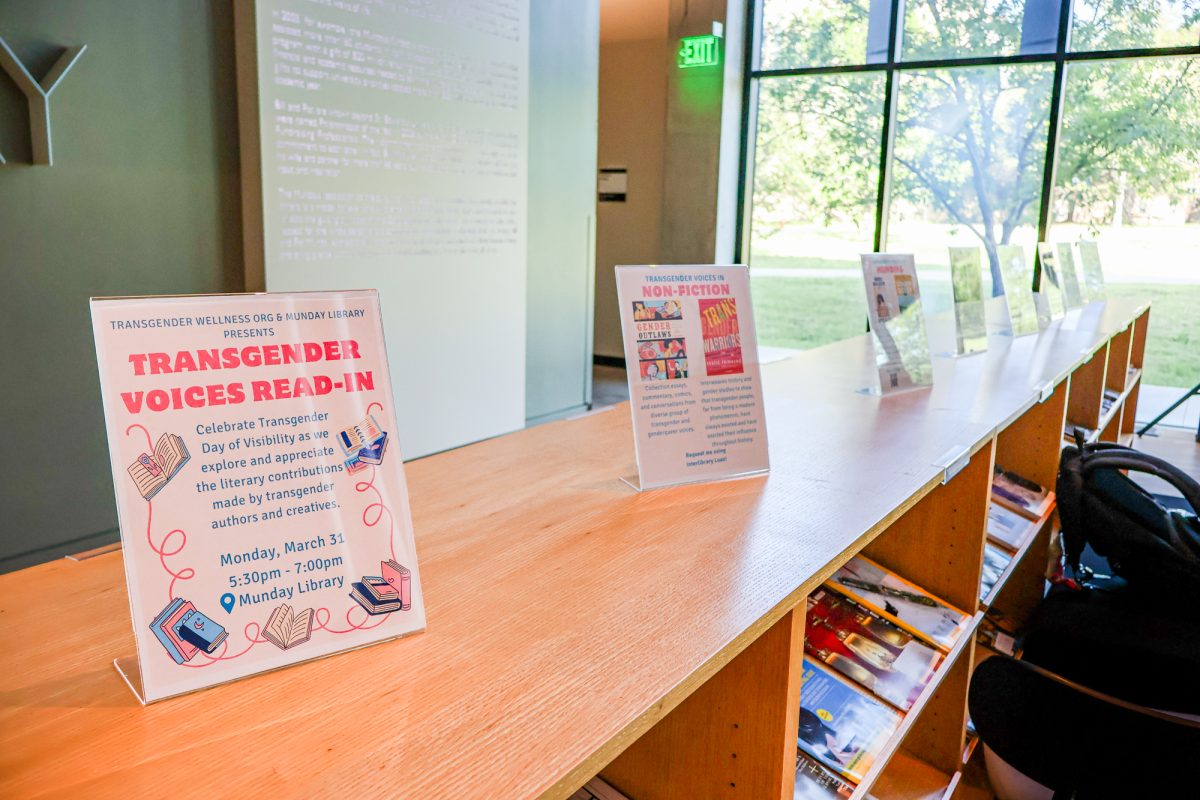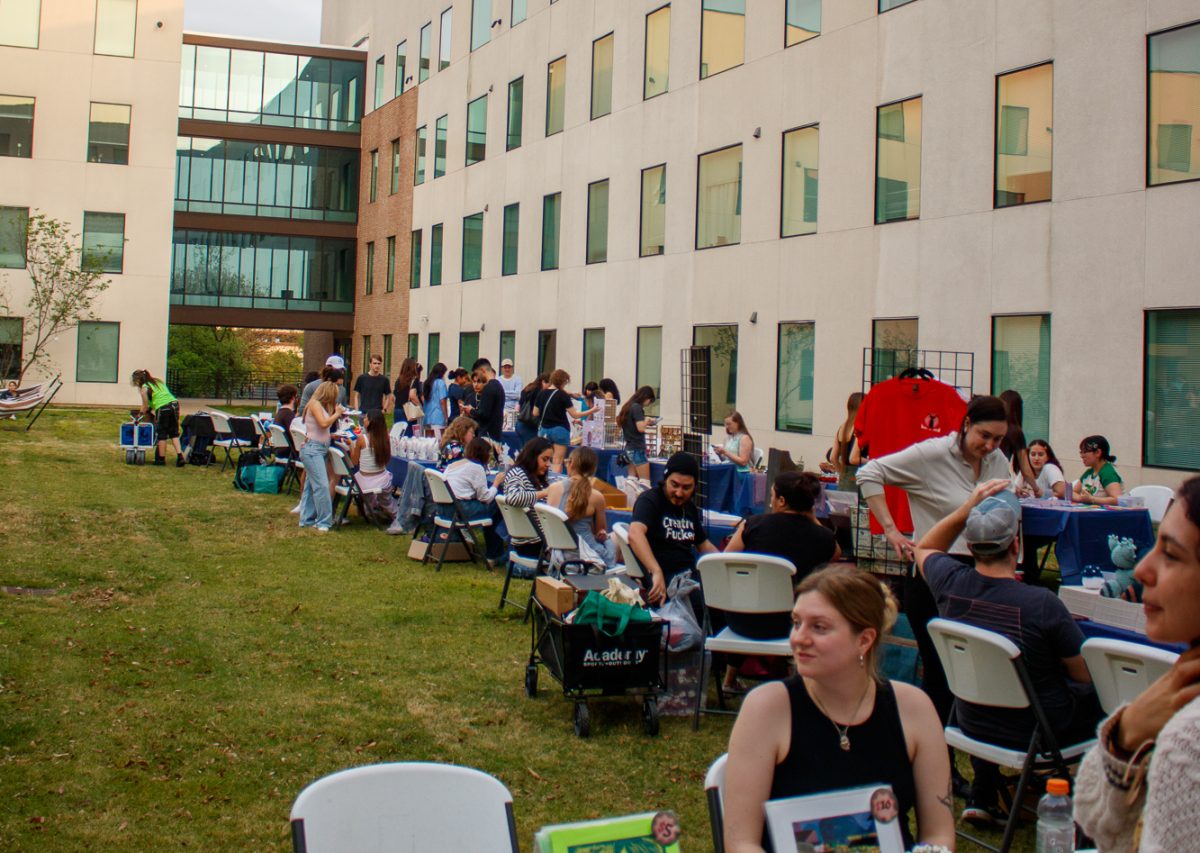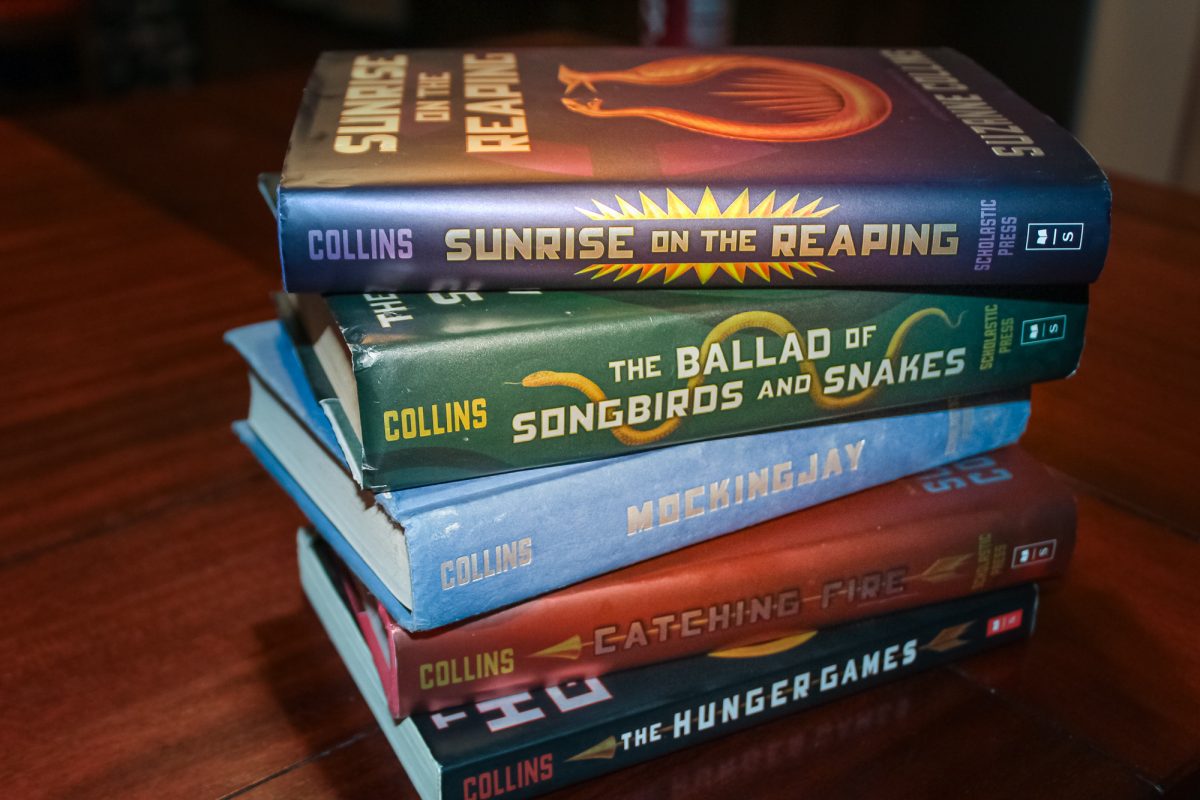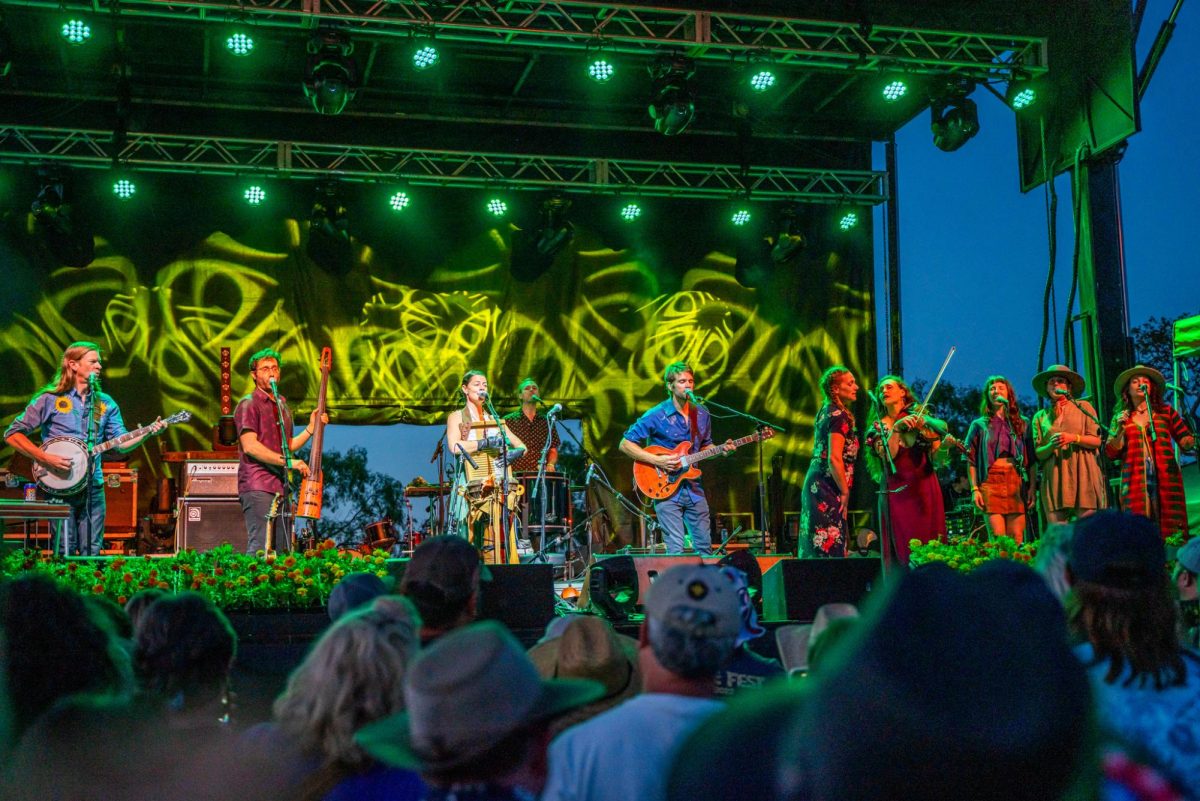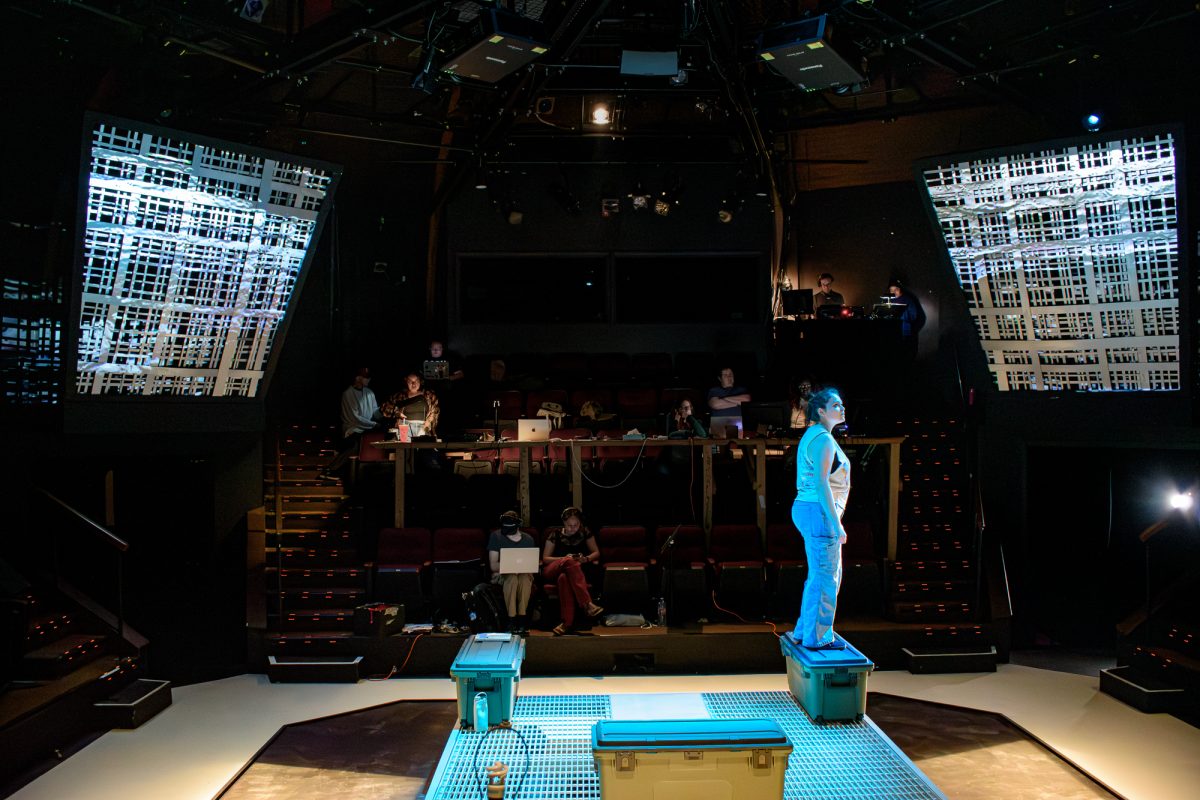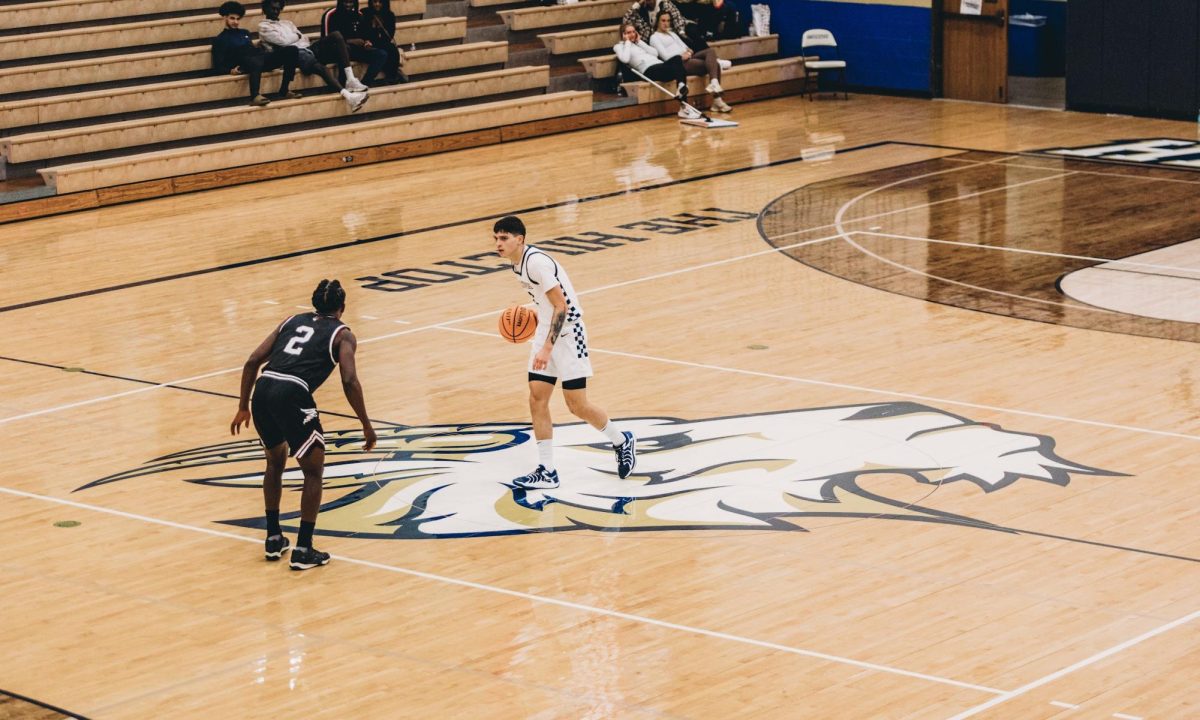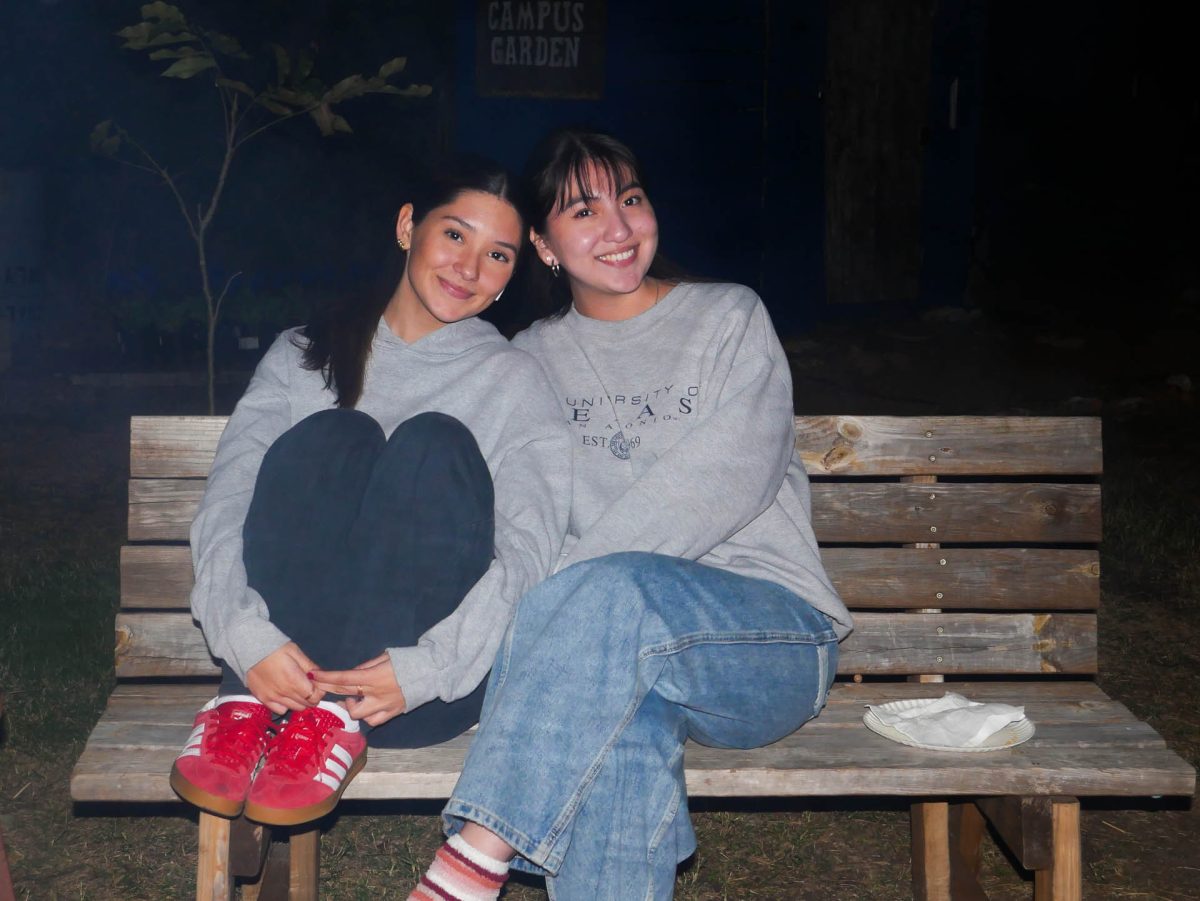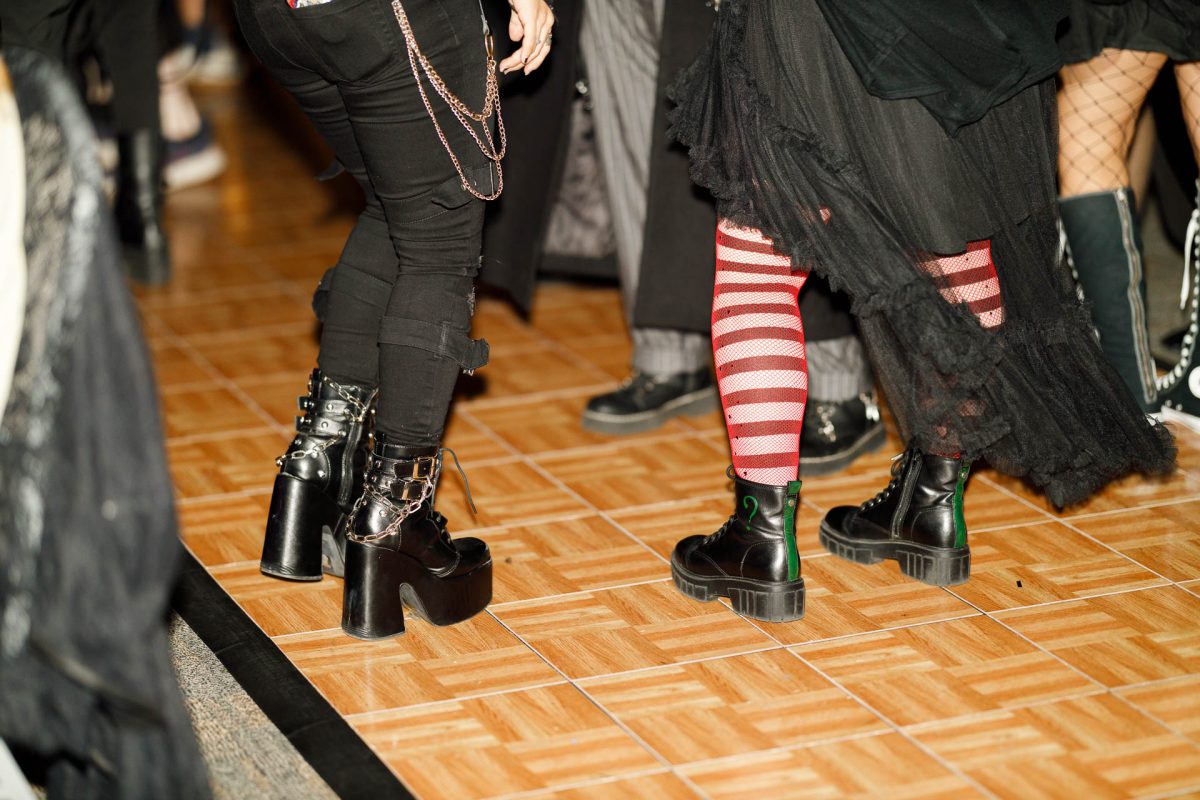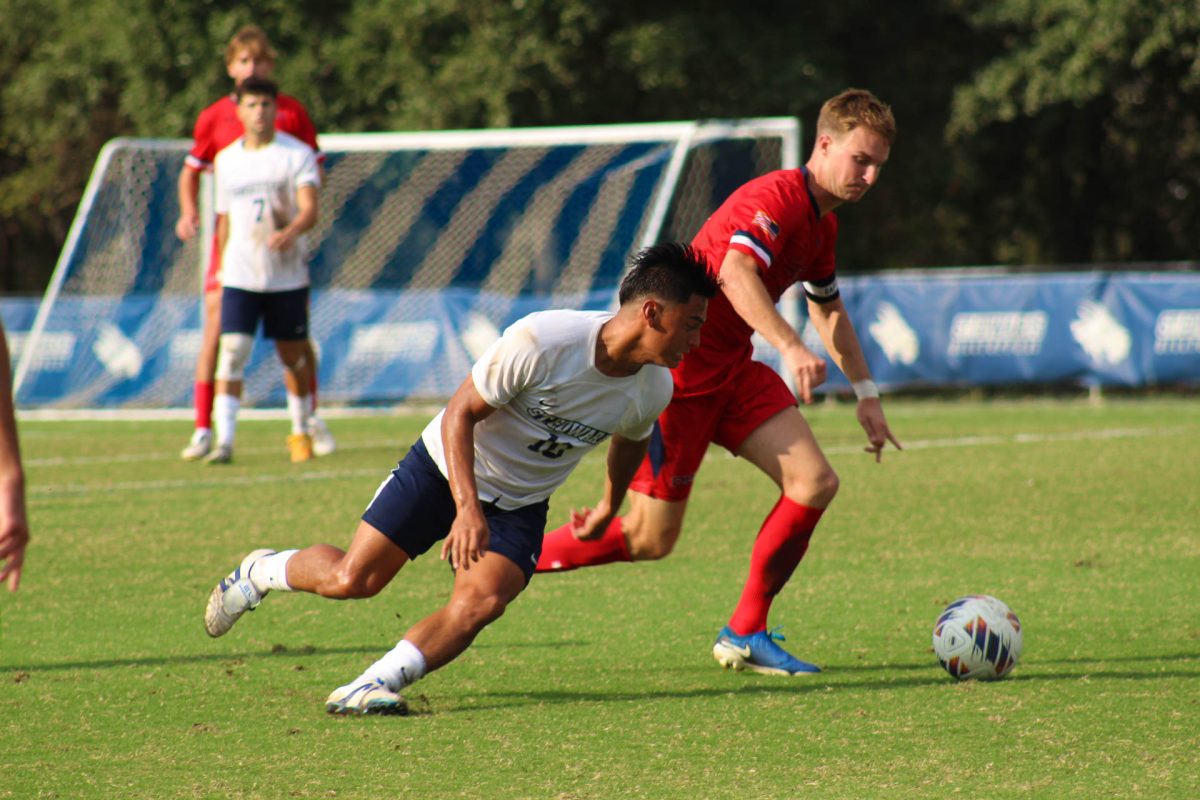St. Edward’s Univerisity’s School of Visual Arts invited Hilltop Views to an open gallery for students and art enthusiasts alike to explore the works of adjunct professors and resident faculty members during their midterm showing. The gallery presented the many talents and expertise of the university’s faculty, with vibrant variations of mixed media and modes of expression.
Upon attending the exhibit, HV had the pleasure of interviewing some of the professors about their work, asking them about their creative process and what they were looking forward to in their future ventures as they continue to teach at St. Edward’s.
The work of Professor Petre Reeves, who used to teach photography at The Art Institute of Austin, was on display. Reeves has recently pivoted to pursuing more time teaching at St. Edward’s.
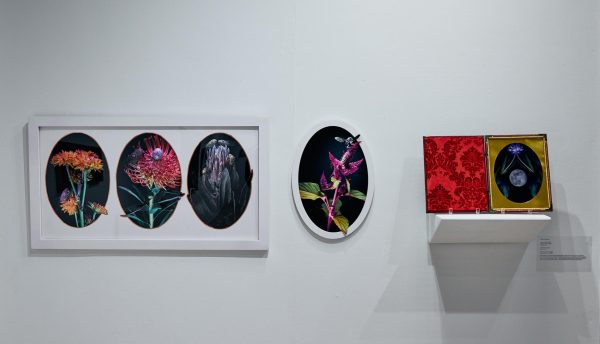
“I love the campus, and I love the students and the caliber of curiosity they bring,” Reeves said. “So teaching at another school and coming here was like a breath of fresh air…The other school was technical and commercial, and the fine arts (here) is more like what I went to school for, so I love this department.”
Reeves is working towards getting some of her pieces into a local gallery. The works consist of vibrant photos centered around insects and other earthly elements, as she uses fluorescent colors to accentuate her subjects. Reeves also suggests that if anyone is interested in taking a course with her, even if they’re non-majors, take the Analog 1 course.
“I love having non-majors in this course,” Reeves said. “…since they never know what to expect and are open to the possibilities of photography.”
While at the exhibit, students will notice works of 3D art that look as if they came from the bottom of the ocean after years of tidal waves aging it. The piece appears to evoke different emotions for each viewer. Yet, whatever emotion it is, one can’t help but think: could it be used for something, and why? Or how? This pink-colored, glazed porcelain piece sits on its own podium in the middle of the exhibit, bringing on a striking presence as it demands the room. This piece was created by Ali Rex, who used to teach ceramics but has recently started a new position as a gallery manager. Starting this at the beginning of this past semester, Rex has big plans for the culture of the Fine Arts gallery and studios.
Rex states her work stems from “wanting to do something different” from her usual. “I normally do wheel-throwing, creating mugs and plates. The pieces here on display are part of a residency, which consists of hand-built irregular shapes meant to depict different types of pain. My hope is the viewer will have some sort of discomfort brought out.”
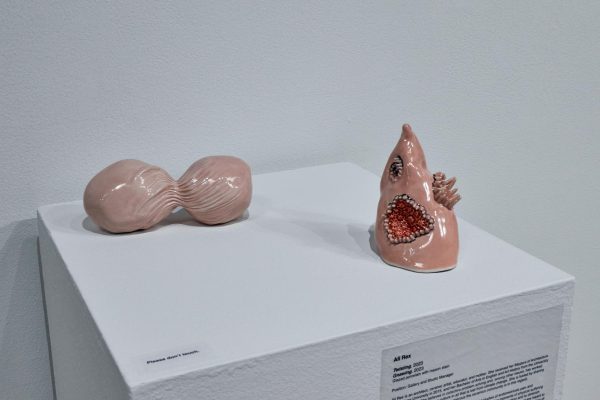
Rex’s mugs have different faces, some sad, some happy, or some disguised in masks, so whenever one drinks their morning coffee, they find a companion beyond its facade. Feel free to roam her website, rexwares.com, and purchase your very own mug companion. Rex recommended that students take hand-building courses for those who are interested in expressing their artistic side and “finding your creativity,” as these courses can offer relief from the normal course load.
As the gallery manager, Rex is eager to expand the network that St. Ed’s Visual Arts School works within, but on a more campus level; Rex expressed to the Hilltop Views that students can come in and sit in the exhibit at the tables provided to do some studying.
“Get out of your usual routine, and instead of studying in the library, come to the Visual Arts Gallery and get an artistic influence on your work,” Rex said.
As the room filled with exhibit goers, fellow students attending the exhibit shared insights into their experiences. Jacob, a video game major and animation minor, was excited to see the works of his professor. Currently taking a course in visual studies with Professor Sonya Berg, Jacob was there to see her work. Berg’s work consists of gold acrylic with portraits of different people in her life. Jacob expressed excitement about stepping out of his comfort zone and expressing his creativity. “Abstracting images we take of a specific area in Austin to the point we don’t recognize the images, and I think it helps us get out of our individual comfort zones and figure out what we like to do. “


